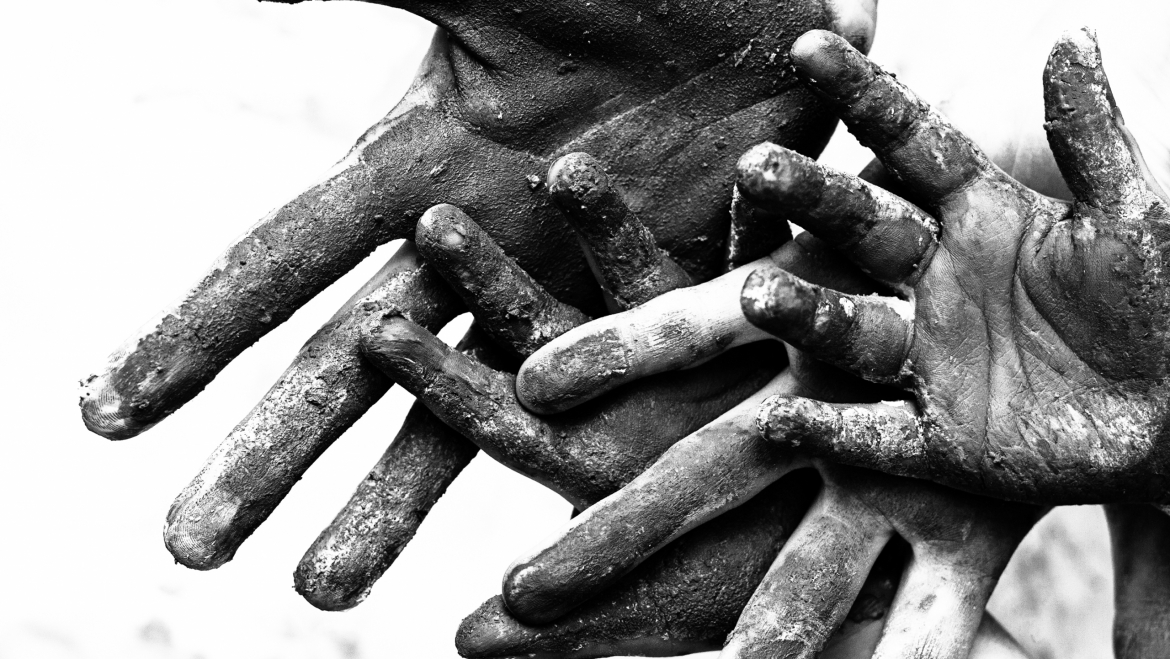In the whole of human history, the world became wealthier last year. Yet, there are unimaginable levels of inequality across spheres. This inequality opens the door to hidden risks within your supply chain–risks that have the ability to derail your brand and your sustainability initiatives.
When people hear sustainability, they often picture recycling bins and projects promoting clean air. However, sustainability includes caring for people just as much as the planet. This is where it extends into the safety department. 70% of the global population now lives in countries where the wealth gap is growing. Work has become more insecure with the predominance of non-standard forms of employment, and, as a result, companies involved in modern slavery are plaguing global supply chains.
According to the latest estimates by the International Labor Organization (ILO), approximately 152 million children are engaged in child labor and 25 million adults and children are trapped in forced labor, or modern day slavery
The Need for Mitigating Forced Labor in Supply Chains
Supply chains extend across continents with companies sourcing lower-priced goods and resources from what has been defined as ‘low-cost’ countries. This has made global supply chain networks increasingly vulnerable to widespread human rights violations, in the form of child labor, forced labor and human trafficking. The growing prevalence of modern slavery in supply chains necessitates strong action from organizations to address the root causes of these human rights violations.
In the last few years, government regulators within many of the major economic powers have started to legislate increasing due diligence and governance applied to both domestic and international supply chains. This legislation mandates public transparency and disclosure of human rights violations in their own right. For instance, the California Transparency in Supply Chains Act the UK Modern Slavery Act and Australian Modern Slavery Act respectively require businesses with worldwide gross revenue of a certain extent to disclose their efforts in eradicating slavery and human trafficking from their direct supply chains.
This brings additional consumer and investor pressure on companies to let the market decide the acceptable standards of sustainability and quality of work. And, it goes without saying that organizations that fail to comply with the regulations risk facing a long-term financial and reputational crisis resulting from government sanctions and penalties.
Understanding the Impact of Modern Slavery on Workplace Safety
In companies involved in modern slavery, adults and children forced to work are recognized to be the most vulnerable members in a supply chain network. They are frequently engaged in what are often considered as 3-D jobs – dangerous, dirty and demanding. These workers remain hidden from the consumer and are rarely identified when corporate due diligence is applied, often contradicting the content found in corporate policies and procurement decision making.
These precarious workers are engaged in high-risk work, generally in unsafe working conditions very often for prolonged periods of time without proper personal protective equipment (PPE) or adequate training. These conditions make this type of worker both adult and child alike highly vulnerable to occupational fatalities, injuries and workplace abuse.
According to ILO, hazardous child labor is considered as one of the worst forms of child labor, with an estimated 73 million children (aged 5-17) working in unsafe working conditions across sectors like mining, construction, agriculture, domestic service and so on. Approximately, 22,000 children are killed at work every year and the numbers of those injured at work aren’t known.
Looking out for Red Flags indicating Slavery in the Supply Chain
Clearly, the need of the hour for organizations is to track the performance and effectiveness of their modern-slavery mitigation programs. And, in order to drive positive results, companies need to focus on creating robust supplier due diligence measures that address risks beyond the first tier of suppliers in both the domestic and international supply chain.
To achieve this, companies will have to:
- Develop clear modern slavery risk management strategies and action plans
- Increase the level of transparency and understanding of supply chain risks beyond tier 1
- Gain an understanding of the countries where goods and products are sourced, determine if these locations are high-risk locations where there is the probability of slavery in the supply chain
- Develop and embed stringent contract requirements and supplier code of conducts into the supply chain management process
- Regularly monitor and enforce contract requirements and assess their effectiveness – this is more than a paper exercise
- Evaluate the credentials of all labor hire contractors
- Develop labor rights policies and ensure workers are aware of their rights
- Ask high-risk suppliers to consistently provide evidence of their recruitment processes and workplace conditions
- All of the above must be subject to high levels of analysis
There are several factors that need to be considered while assessing the prevalence of modern slavery in supply chains. Traditionally, HSE professionals have not always been involved in helping to address this issue, as we acquire greater awareness of this subject, the red flags that HSE professionals should watch out for are:
- Excessive recruitment fees and/or illegal charges for worker health checks
- Misinformation regarding contract details or absence of no clear written contract
- Underpayment or unnecessary wage deduction
- Illegal confiscation of passport or ID documentation, limitation of work permits to a single company
- Financial penalties imposed on workers
- Workers wearing poor quality PPE or sharing other workers equipment
- Inhuman treatment for workers such as public chastisement
- Undocumented workers entering worksites without proper credentials
- Ensuring that safety professionals involved in worksite inspections understand what the potential signs are
One action safety professionals can include in their site inspection programmes, or when they visit a supplier’s premises to assess service delivery, is a series of prompts and questions that can provide an indication of potential issues that may be present within that supplier. Also, ensure personnel responsible for site checks and supplier evaluation have been given suitable training to recognize the potential signs of forced labor which would be as follows:
- Workers using site accommodation to wash and sleep in
- Workers are distrustful of authority figures
- Someone always pays for them e.g. travel, food
- Someone speaking for them when asked questions
- Unsure of their own address or where they are working
- Worker does not know the name of the employer
- Workers look uneasy, unkempt or malnourished
- Signs of psychological trauma
- Untreated injuries
- Are they part of a subcontracting company where there are no records of them
- Evidence of control over movement (being picked up and dropped off in groups and at unusual times)
- Signs of substance misuse
Rounding Up
Being aware of existing and potential changes to government regulations and staying prepared with the right tools to manage and mitigate the risks associated with modern slavery in industries are intrinsic to protecting a brand and its reputation. Additionally, companies need to pay heed to all public and industry concerns raised regarding their suppliers. Such information includes social media reports, issues with product quality and changes in sourcing locations, and audit non-compliance reports plus non-governmental organization reports. These concerns need to be further investigated as they are often indicative of other deep-rooted supply chain issues like bribery and corruption.
Mike Ford, Global Lead in EHS and Sustainability, Avetta
Mike became exposed to supply chains when he first started in the area of health and safety management 25 years ago. After working as Head of Health and Safety on some of the largest metro projects in Europe with responsibility for pre-qualifying and monitoring direct and in-direct supply chain risk he diversified into the development and delivery of ethical supply chain programmes. With more than 15 years’ experience of developing and implementing global supplier evaluation programmes in developed and emerging economies such as Africa, Asia and throughout Europe he has worked with many major brands helping to define their procurement and compliance requirements focusing on contractors. Mike has a master’s degree in Occupational Health and Safety Management and a master’s degree in Procurement and Supply Chain management and is a member of CIPS.
The views expressed in this blog post are that of the author and do not necessarily represent the opinions of the Campbell Institute nor the National Safety Council.


Add Comment